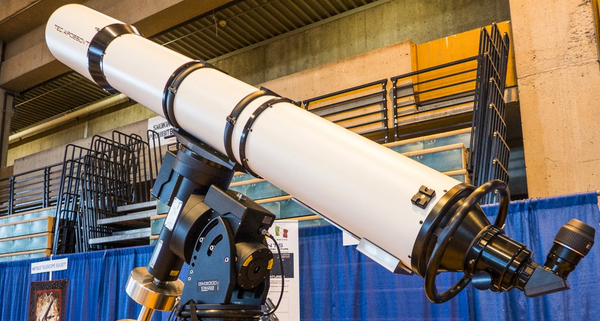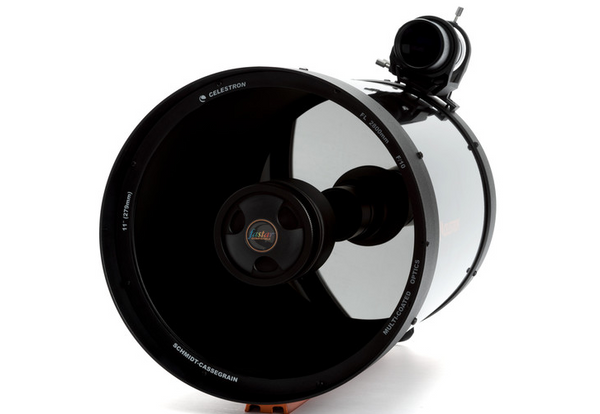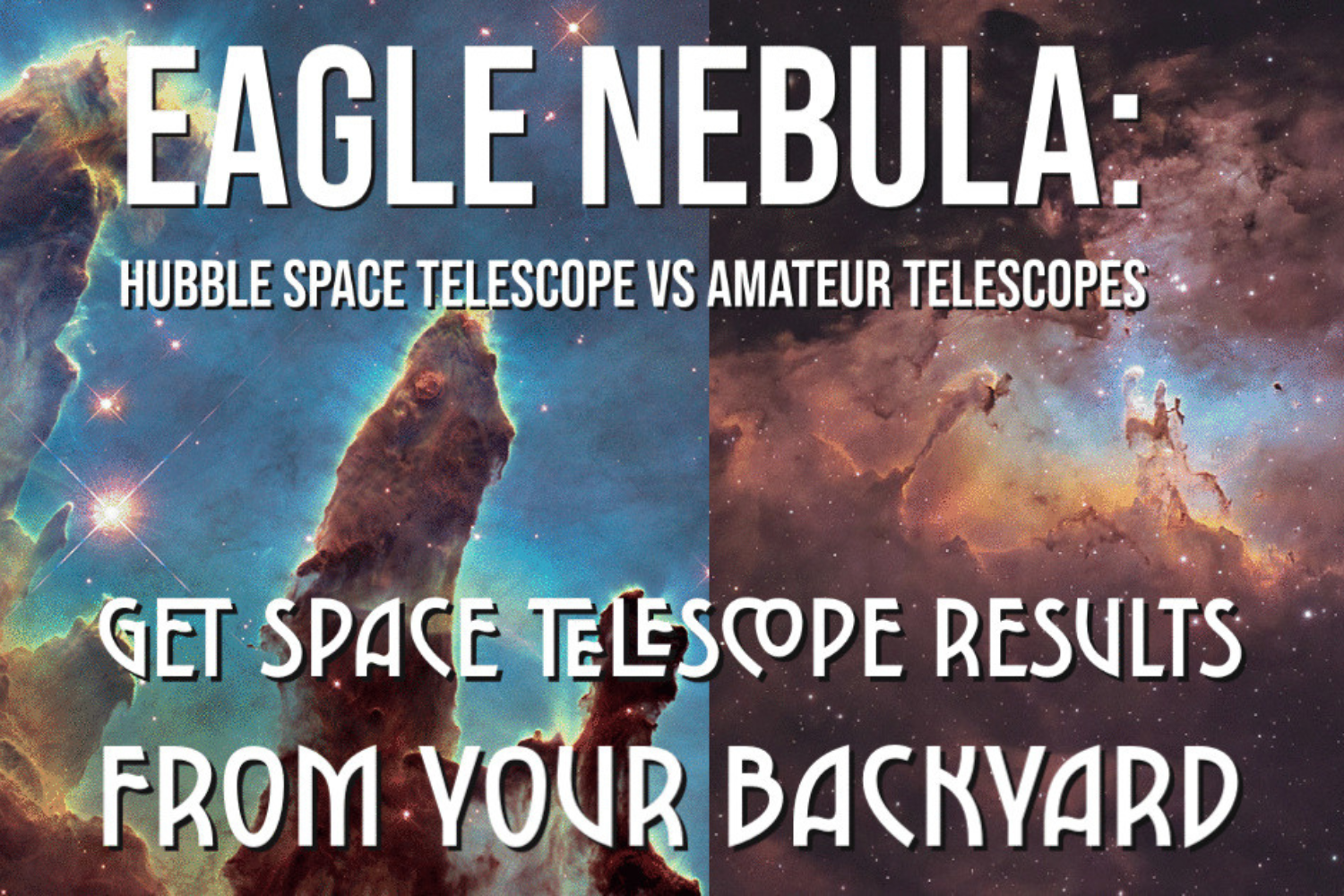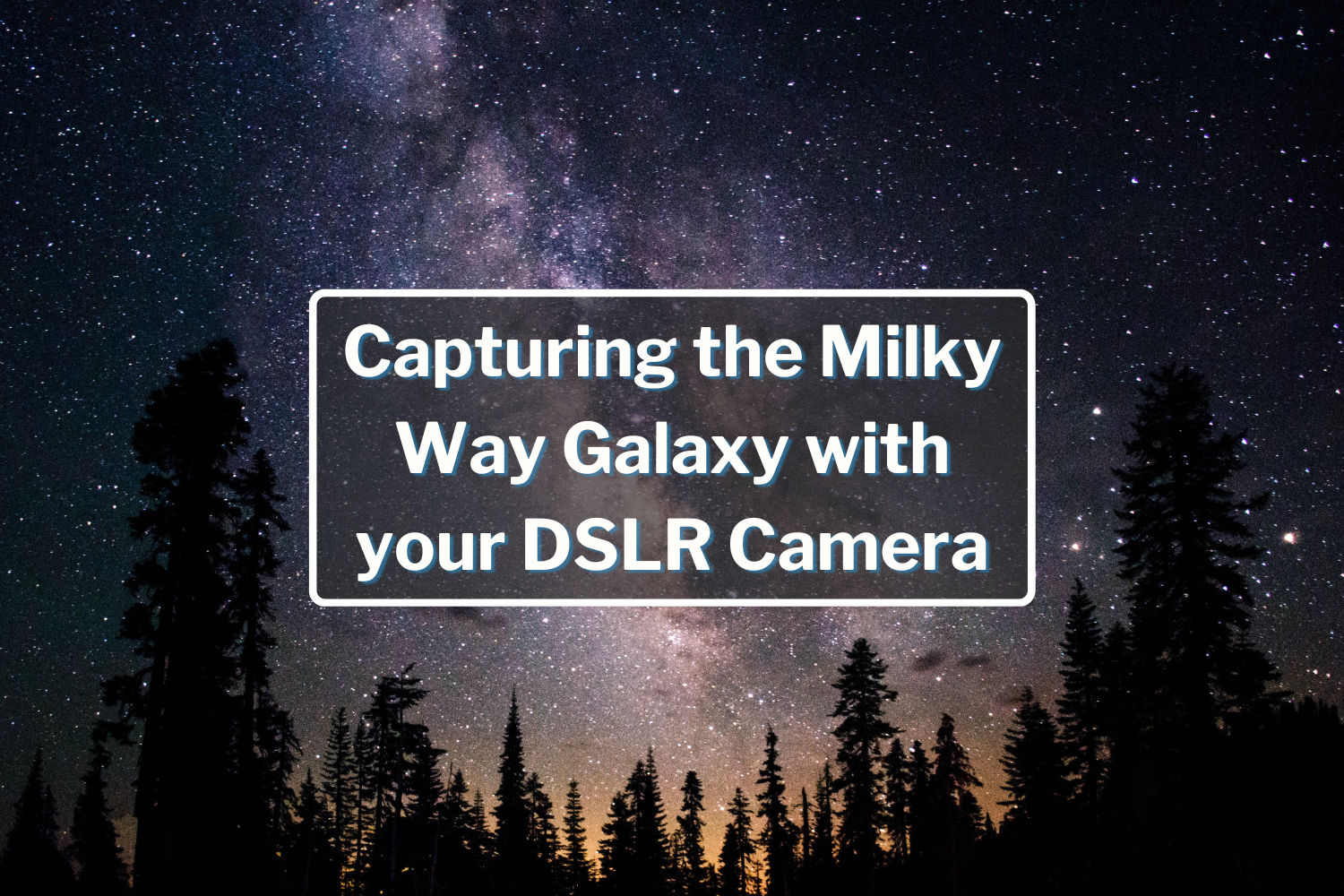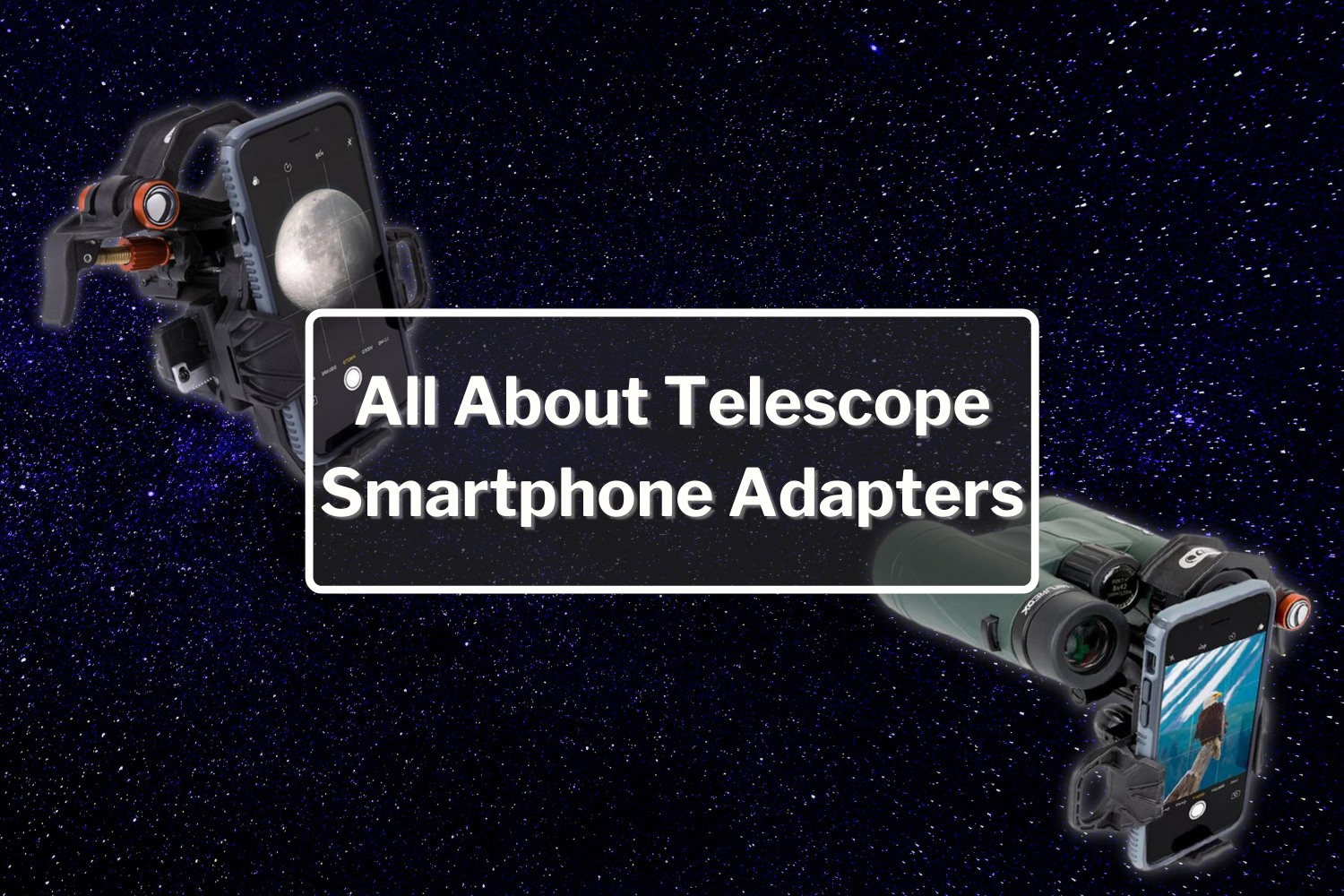Best Astrophotography Telescopes for Beginners
Technology, apps, "astrophotography mode" on Google's Pixel 4 has made astrophotography more accessible than ever!
Although those tools are a welcoming door to astrophotography, it's a hobby with many options. We're fortunate enough to be involved in this hobby for over 70 years, so we're excited to pass this knowledge on to you!
Let's get started!
WHAT IS THE IMPORTANT PART OF A TELESCOPE FOR ASTROPHOTOGRAPHY?
While some scopes are better suited for planetary views, others perform best with a camera. Here, we'll look at some of the most important parts of a telescope when choosing an astrophotography telescope.
FOCAL LENGTH
The focal length of the telescope is the distance from your first lens to the focus point of your camera. For example, a focal length of 1000 mm (40 inches) doesn't necessarily mean your telescope is physically that long. Remember, the focal length is measured internally for your telescope.
Your telescope's focal length determines the magnification it provides, making it a primary factor in deciding what kind of astro-imaging you want to do and what celestial bodies you can capture.
This functions in the same manner as lenses on a standard DSLR camera. Increasing the focal length on your camera lens allows you to "zoom in" on your target.
For reference, wide-field astrophotography setups generally stay at or below 70 mm focal length. Any longer and you’ll start finding some objects difficult to catch in one frame.
The focal length also influences another major factor in all of this, which is the focal ratio.
A long focal length telescope like the Celestron CGEM-II 925 EdgeHD telescope, provides ideal observation to bright objects such as the Moon, planets, and star clusters.
A short focal length telescope like the Meade LX85 70 MM Quadruplet APOprovides better observations for wider views of the universe like wide-field captures of the Milky Way or Pleiades.
FOCAL RATIO
If you've ever looked at a photography ad or read an article on cameras, there's a good chance that the focal ratio was involved.
The focal ratio displays as an f-number that looks like f/6.5, the number portion varies wildly.
The f/ measure is what determines whether a scope is "fast" or "slow." Scopes with a low f-number gathers the light coming in more efficiently. So, your camera exposures with a lower number might be 10 seconds instead of the 20 seconds that a higher (slower) focal ratio would need to get the same amount of data (light).
Your focal ratio, like in standard photography, is determined by your telescope's focal length and aperture.
APERTURE
For a moment, think of your telescope as a bucket sitting out in the rain.
A bucket with a wide rim inevitably fills faster than one with a small rim because of its smaller diameter.
Now think of light particles as raindrops.
The wide bucket collects rain more quickly than a narrow bucket just as a larger aperture telescope collects light more efficiently than a smaller one.
In terms of fast and slow telescopes mentioned above, a telescope with a larger aperture will generally yield brighter images per shot because more light is coming in while the camera shutter is open. Simple enough, right? This whole concept can get rather complicated and dizzying with more accessories, but that's the basic idea.
PORTABILITY
The portability of a telescope system often comes as an afterthought for beginners in the hobby.
Are you keeping this at home? Do you want to bring this out to the desert?
Will it fit in your car?
These are things you’ll need to consider when buying your first telescope.
One system might weigh 30 pounds in total while others might weigh over 100 pounds! Telescope manufacturers understand this, thankfully, so nearly every telescope system disassembles for more comfortable transporting.
MOUNT
Are you one that likes to rush out and grab the flashiest thing involved in a new hobby when just getting started? Some of us are guilty of that too, and the telescope tube itself is usually what gets people most excited.
Astrophotography has taught us to temper that urge though. When it comes to this hobby, the most crucial piece of your setup is your mount.
That may sound odd, but even if you have the best camera and the best telescope, your images will ultimately look awful with a cheap mount. The most beautiful building will eventually crumble with a faulty foundation, and the same logic applies here.
Your mount is responsible for more than just holding everything together. Telescope mounts track the objects we choose in the night sky, among other things, and if the mount has poor tracking or cheap materials, these faults will show in your images and potentially put the rest of your equipment in danger.
What you’ll need is a computerized—or at least motorized—equatorial mount that can hold your telescope and camera with no issue. Equatorial mounts are the standard when it comes to astrophotography because, unlike altitude-azimuth mounts that track in a stair-stepping manner, these rotate on a single axis for smooth tracking.
If you plan to travel a lot with your setup portable mounts like the Star Adventurer mount is a perfect on-the-go choices.
For heavier equipment mounts like the Celestron CGX-L mount and the iOptron CEM120 mount are ideal for higher payload capacities.
What is the Best Type of Telescope for Astrophotography?
Refracting vs Reflecting Telescopes
At the basic level, every telescope in the world is an adapted form of a refracting or reflecting telescope.
Refracting telescopes are most likely what comes to mind when you think of what a telescope “looks like.” These are the classic tube design that use specialized and extremely precise glass lenses to refract and focus incoming light to a perfect point. Check out the Williams Optics OPT NightCat 51 and the Meade 70mm Quadruplet for examples.
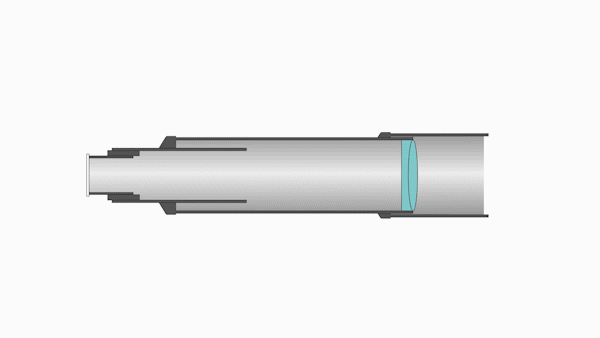
Reflecting telescopes have, over the years, varied wildly in style. The most iconic variation of the reflecting telescope is the Dobsonian, which looks like a cannon from old cartoons. Reflectors have 2 or more mirrors that literally reflect light off one another, bringing a focused beam into the eyepiece or camera. To get a better idea of reflecting telescopes, the TPO 6-inch Ritchey Chretien telescope and the TPO 10-inch Newtonian telescope make great picks!
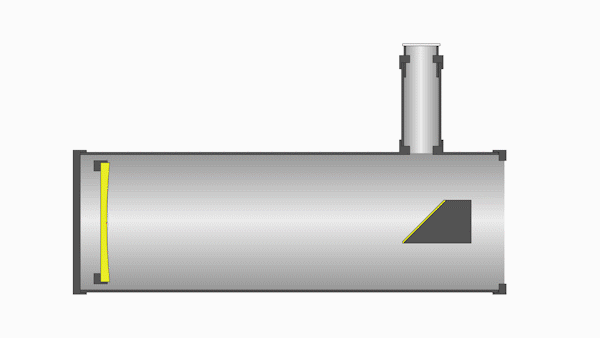
Which is Better?
Knowing which type of telescope is better is essentially a trick question. Neither is necessarily "better," but rather, each telescope type has its own set of bonuses and challenges and its personality.
Refractor telescopes are historically more widely used for astrophotography than reflectors, but these are also prone to chromatic aberration unless we dip into the higher-end “triplet” refractors. The aberration occurs when incoming, varied wavelengths of light reach the focus point at slightly different angles, leading to color fringing that looks like this:
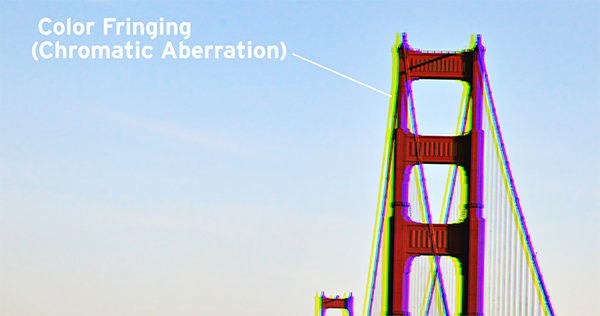
Nonetheless, these are an excellent choice when opting for something more portable, and chromatic aberration will not be an issue for most beginning astronomers.
Reflector Telescopes have become increasingly popular and seen much innovation over the years with some of the best astrophotography telescopes around being reflectors. While reflectors cannot suffer from chromatic aberration, these are inherently a bit more tedious to maintain and are almost always larger than refractors. But don't let that deter you!
Each telescope type is wonderful in its own way, but if you want to dive deep into how each works, check out these resources. Our blog on the basic telescope types or our video below provides excellent information to help you in your ventures.
What Type of Astrophotography is for You?
We've got two styles of astrophotography you can choose from, and they're both the right choice: Wide-field and deep-sky astrophotography.
Each is challenging in its own way and require different equipment, but are an incredible experience, and you'll more than likely try both at some point.
WIDE-FIELD
Wide-field astrophotography is the most common style you'll see on Instagram or anywhere else. These are the images where the Milky Way is bursting into shot, streaking across the photo in a glorious display. Most beginners start with this style because it's "easier" and less gear-intensive. A great astrophotography telescope choice is the Williams Opitcs OPT NightCat 51 Refractor.
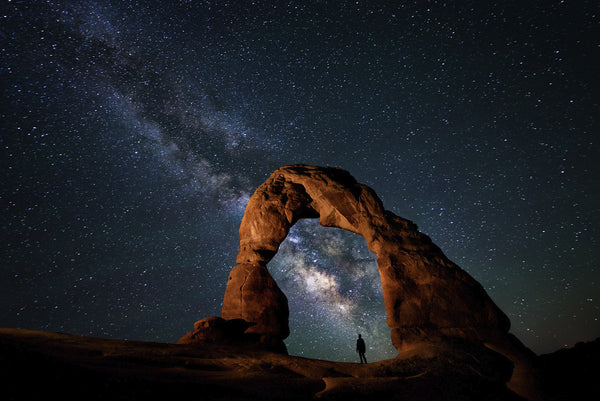
Photo Credit: Travis Burke
One immediate benefit of wide-field astrophotography is that it's incredibly forgiving. Your mount doesn't need to be perfect, and neither does your technique (but that's no reason to slack off!).
You can simply grab a camera, camera mount, and a tripod, and you're ready to go!
DEEP-SKY
Deep-sky astrophotography is where things can get tricky (call us if you need help). You've likely seen some deep-sky images around the internet as well, but certainly less than the Milky Way. Deep-sky shots are generally nebulae and galaxies, with two of the most prominent targets being the Orion Nebula and the Andromeda Galaxy. Capturing these images is inherently more difficult when starting. Good choices for deep-sky astrophotography are the Celestron RASA 8, and the Planewave CDK 12.5-inch telescope.
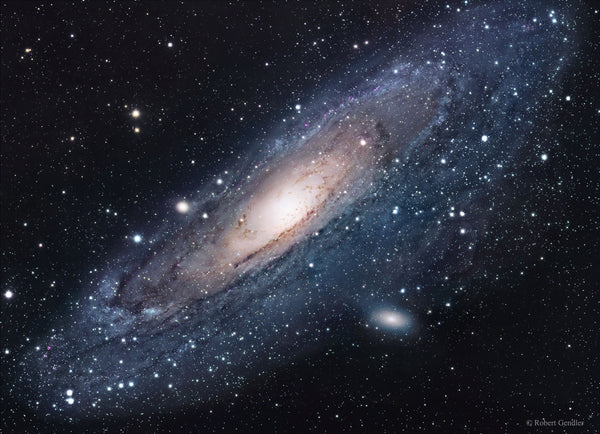
Some people want to make their imaging system as complex as possible for the sake of the challenge. Some want a perfectly optimized system for the greatest possible photos or for research data that cannot tolerate errors. Most people just want to put a system together that works well and start taking pictures as soon as possible. Most of us at OPT are in that last category, and we think you’ll enjoy being there too.
Get Your Own Telescope System Started Today
Whether you're totally new to astrophotography or you're an expert in standard photography, we'll help you get started in this new venture!
For more information on all of this, check out our Astronomy for Beginners page!
If you want to get a good grasp on the nitty-gritty of this hobby, we have an in-depth DSLR astrophotography blog to get you up to speed with wide-field imaging.
Stay safe out there, and keep looking up!








